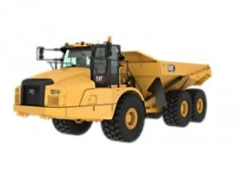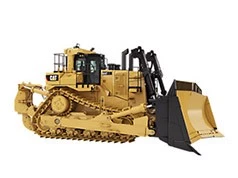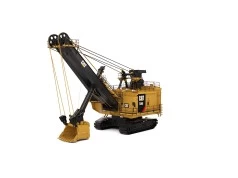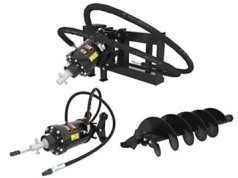OVERVIEW
The EPIC control system allows for modular application of paralleling controls. EPIC Master Panel provides a graphical interface to the generator sets, optional tie breaker, and optional Utility. Flexible control options allow for a variety of analog or high-speed network control of generators, making the EPIC system is an ideal choice for generation expansion projects whre there is need to parallel new generators with existing units.



 Back
Back 





































































 BUY PARTS
BUY PARTS










 Contact Dealer
Contact Dealer



